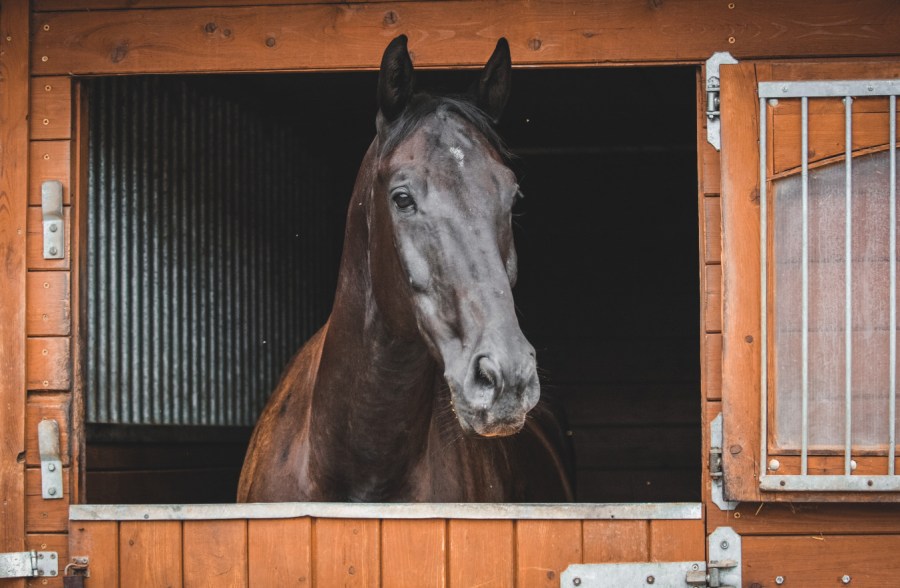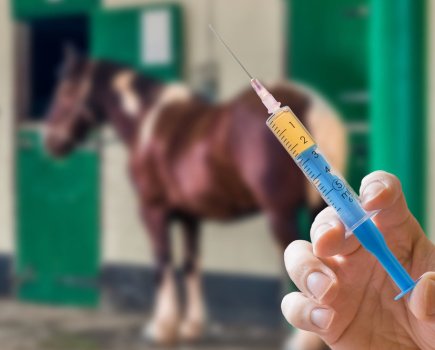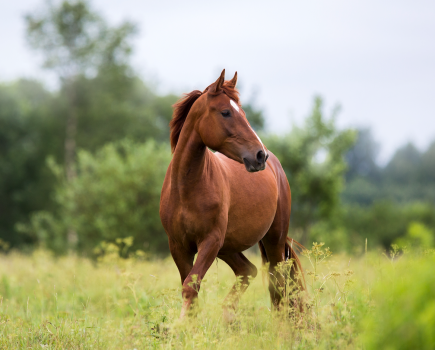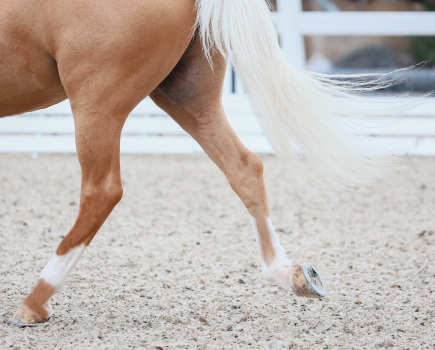What do noises that horses make tell us about their health? Vet Sarah Hunter explains some of the most common sounds, and when to be concerned.
Respiratory sounds
Horses are obligate nasal breathers, meaning that they carry out all of their breathing through their nose, being unable to breathe exclusively through their mouths as we can.
When the horse takes a breath, the air passes through the back of the throat, through an opening called the larynx and down the windpipe (trachea) into the lungs. Usually, when a horse is exercising, the larynx opens up, allowing the free passage of air. However, in some horses the larynx cannot open completely, resulting in an obstruction to the airflow and an increase in noise.
Snorting or blowing sounds at exercise may be normal in some horses due to vibrations of the tissue in the nostrils and these horses are given the name “high blowers”. As long as the amount of noise is consistent, and the horse is able to carry out the required exercise without any problems, then this shouldn’t be anything to worry about.
Abdominal noises
With the help of a stethoscope, your vet will be able to hear gut sounds in a normal, healthy horse. This indicates that the intestines are working to digest the food that the horse has eaten.
An absence of gut sounds can be a cause for concern, as it could indicate that the horse hasn’t been eating properly, or that there is an impaction or obstruction in the intestines.
An increase in gut noises can occasionally be heard without the use of a stethoscope, and could be normal or could indicate that the guts are hyperactive.
Sometimes, in cases of gassy colic, the horse will appear to have a bloated belly and will have increased gut sounds, which could be due to a recent change in diet and may be associated with abdominal pain, passing wind and diarrhoea. Often, horses will improve with the help of some pain relief, but they should still be checked by a vet to ensure that there isn’t something more serious going on
Limb notes
Sometimes, we can hear clicks and cracks from our horse’s legs. What do they mean?
- Clicking: When a horse moves, you may be able to hear popping or clicking noises, similar to the noise when we crack our knuckles or our back. Providing the horse is not showing any signs of pain or lameness, this is normal and is caused by gas moving around the joint.
- Crackling: When a joint is manipulated or moved around, sometimes crackling or crunching can be heard. This is known as crepitus and can be associated with arthritis. Arthritis is a painful condition and often the joint will be warm and swollen with lameness present. Anti-inflammatories are the mainstay of treatment and sometimes injecting medications into the joint can help to reduce the pain and inflammation associated with arthritis.
- Scraping: When you are leading or riding your horse, listen out for any noises that might come from the feet. If you watch the horse carefully when they are moving, you may notice a reduced stride length, scraping of the toe on the ground or uneven placement of the foot. These signs can indicate lameness or neurological abnormalities and should be checked out by your vet.
Meet the expert: Sarah Hunter MRCVS is an equine vet at Clevedale Vets in North Yorkshire. She graduated from the Royal Veterinary College, London in 2012 and is currently working towards a certificate in Advanced Veterinary Practise. In her spare time, she enjoys riding and running.








